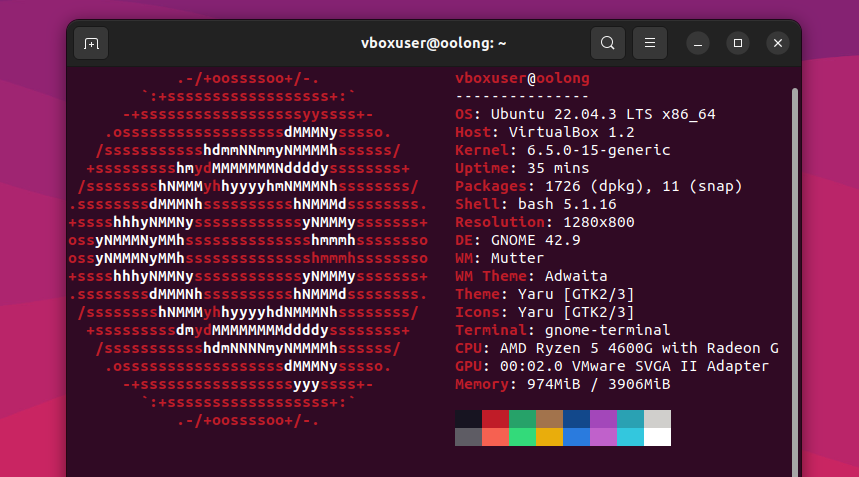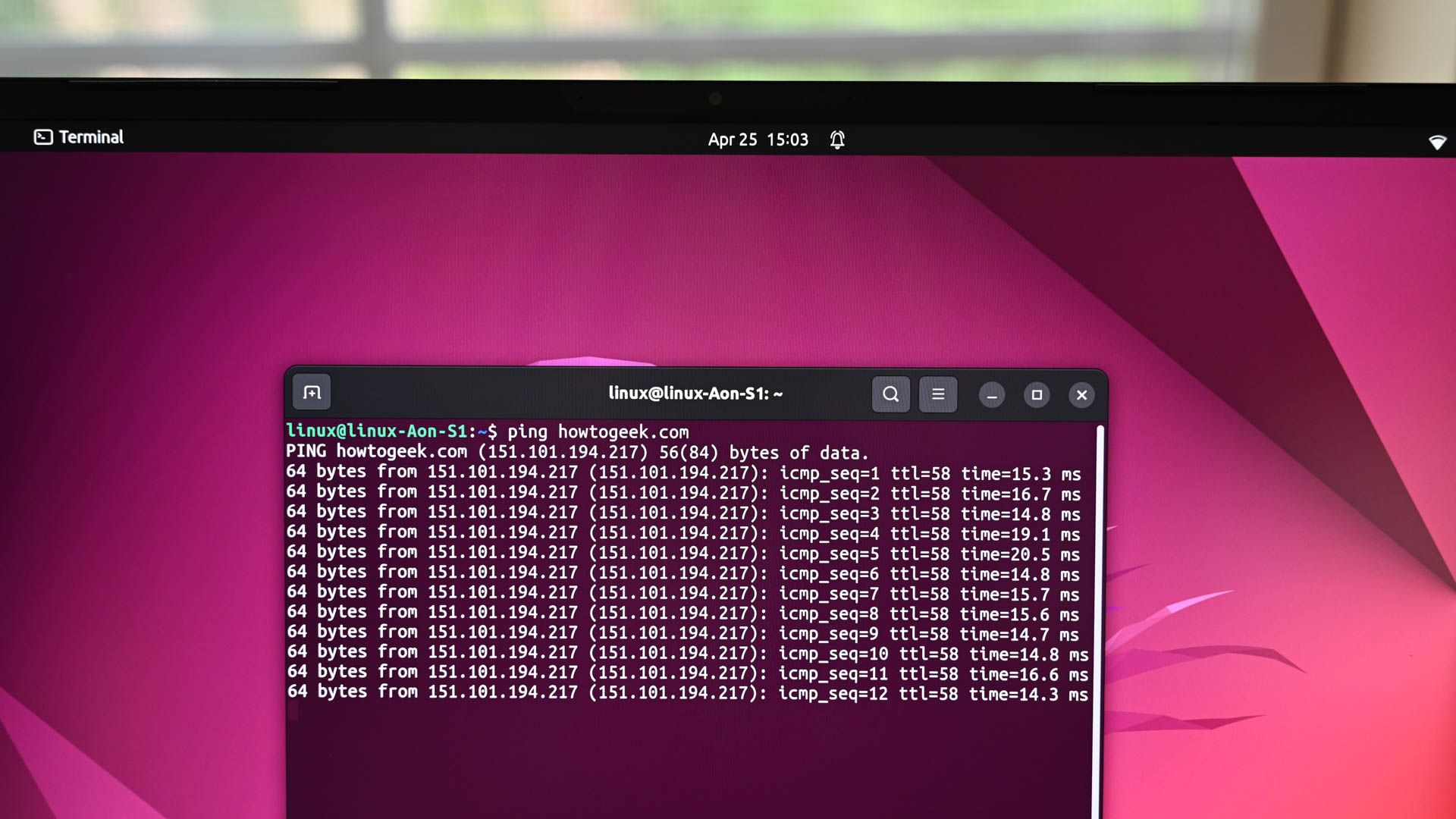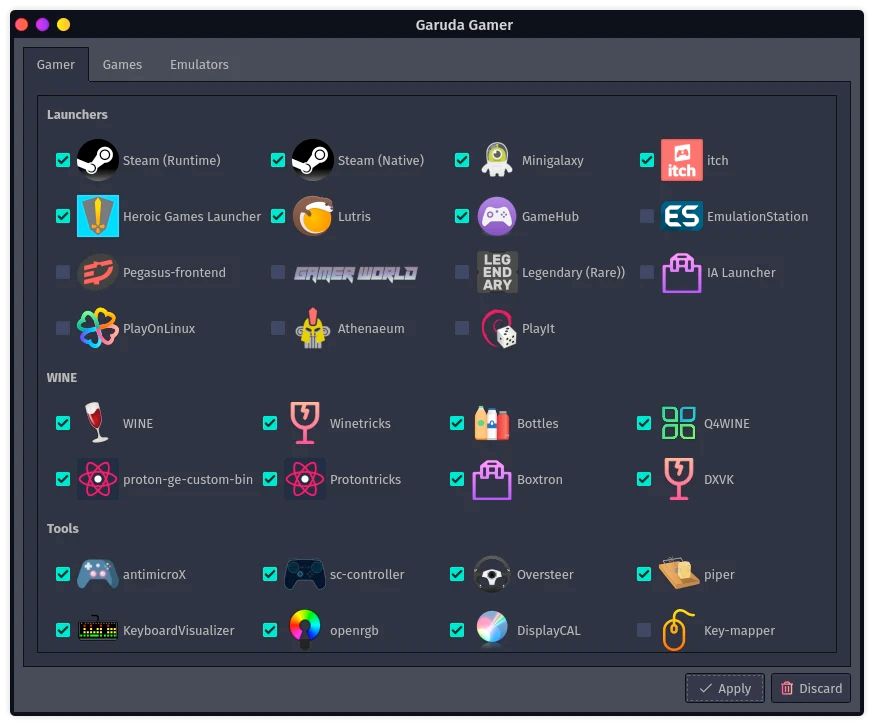
Busting 7 Top Misconceptions About Linux: Truths Vs. Myths

Busting 7 Top Misconceptions About Linux: Truths Vs. Myths
Quick Links
- Linux Is the Operating System
- Linux Is Virus-Free
- Linux Is Not Suitable for Regular Desktop Users
- Linux Has a Difficult Learning Curve
- Linux Doesn’t Have a Lot of Software
- Linux Is Not Viable for Gaming
- Linux Is Only Free if You Don’t Value Your Time
- Busting Myths and Embracing Linux
Linux has come a long way since its inception. Yet, so many myths continue to cloud its reputation. Some of these myths have died in the long run. But a lot of them still exist. So I decided to wear my detective hat and investigate some of the myths surrounding Linux.
Linux Is the Operating System

One of the most prevalent myths about Linux is that it refers to an operating system just like Windows or macOS. In reality, though, Linux is just the kernel , the core part of the operating system responsible for managing hardware resources and providing essential services to other software. So when someone says that they use Linux, what is actually meant is that they use an operating system based on the Linux kernel.
If we’re going to dive deep into semantics, then you could say that Linux refers to the whole family of Unix-like operating systems based on the Linux kernel. However, the more appropriate term for that would be “Linux distributions” or even “Linux distros “ for short.
The term “Linux” is often used as a shorthand for the whole operating system. Technically, a Linux distribution consists of the Linux kernel, supporting system software, and libraries from the GNU Project.
This brings up another debate. Should you call it Linux or GNU/Linux ? GNU existed way before Linux. Most Linux distros contain utilities and software from GNU. That’s why you’ll also often hear that you should call it GNU/Linux and not dismiss the contributions from the GNU Project. You can learn more about the history behind Linux’s naming .
Linux Is Virus-Free
Windows sure has a lot of attention when it comes to malware attacks. But does that mean non-Windows systems like Linux don’t have viruses ? I wish that were true. But it would be too good to be true. The recent xz backdoor incident reminds you that no system, including Linux, is malware-free.
Linux benefits from strong security practices built into its design. Features like user permissions, process isolation, root access , and the principle of least privilege help you tackle severe malware risks. Immutable Linux distributions take it to the next level by preventing unauthorized system modification. All these might give you the idea that Linux can’t be infected with malware. But that’s far from the truth.
Linux systems can still be affected by various types of malware, including viruses, worms, trojans, and rootkits. Ransomware and cryptojacking also pose significant risks. Linux being the popular choice for servers, makes it a great target for malware authors.
The open-source nature of Linux is like a double-edged sword. On one hand, you have people who can look at the code and quickly fix bugs or vulnerabilities. But on the other hand, you have hackers and malicious people who can also look at the code and develop exploits more easily. Not to mention, open-source software developers need to be security-savvy and knowledgeable enough to navigate vulnerabilities and fix them, which isn’t always easy.
Linux Is Not Suitable for Regular Desktop Users

There’s a weird notion that Linux is only for professionals such as developers, cybersecurity specialists, system administrators, or IT people. But the great thing about Linux is that there’s a distribution for most purposes. You have highly specialized distros like Kali Linux for white-hat hacking and penetration testing. But you also have Ubuntu, Linux Mint, Debian, Fedora, and other distros made for desktop use, to be used by average people.
A good chunk of people who use Linux daily are average people who only use it for basic tasks. I use it for writing, watching YouTube, browsing social media, and checking the news. The only specialized use of Linux for me is programming, for which I prefer it over Windows . But that doesn’t mean I’m some kind of tech wizard with expertise. It doesn’t matter whether you’re a casual user, student, gamer, artist, content creator, or developer. Linux is for you too.
Another part of this myth is that Linux is meant for servers, not desktops. While Linux is dominant on servers due to its stability and cost-effectiveness, it was originally created for desktops.
Linux may not be as popular for desktops as Windows, but despite that, it has everything you need to have a great desktop experience. You can even revive old hardware sitting around in your house with Linux.
Linux Has a Difficult Learning Curve

A common reason why people don’t want to use Linux is because they think Linux is difficult to use. But Linux is only difficult if you’re going to dip your toes in the advanced tasks. So if you’re just looking to use Linux for office work, emails, surfing the internet, or consuming media, then Linux is as easy as Windows or macOS.
Much of this misconception stems from the fact that you must learn dozens of commands and use the terminal to operate Linux. But most casual users may not need the terminal at all . Even if you need to use the terminal occasionally, you can get away by learning only a few important Linux commands .
Most modern distributions offer fully functional graphical user interfaces (GUI) to communicate with the system. If you switch from Windows to Linux distros geared towards beginners , you will feel at home.
Just because something is done differently on Linux, doesn’t always make it more difficult. Let’s take installing software as an example. You can use CLI package managers to install software on Linux. But there are more methods for that.
You can also use Flatpaks . There are AppImages for a more Windows-like experience. And of course, you have dedicated software stores in many Linux distributions. So while the process is different, they are no more difficult or simple than other operating systems.
But let’s say you want to get into the geeky side of Linux. There are so many resources for learning Linux and also AI chatbots to help you along the way. The last thing you’d want is to miss the fun of Linux, thinking it’s difficult to use.
Linux Doesn’t Have a Lot of Software

Dave McKay / How-To Geek
Linux has a vast amount of software, unlike the popular belief that it lacks crucial software. To give you a glance at Linux’s software collection, let’s pull some data from pkgs.org . Debian 12 and Ubuntu 24.04 each have over 60,000 software packages available in the Main and Ubuntu Universe repository , respectively.
The official Fedora 40 repository contains almost 75,000 packages. openSUSE OSS repository boasts over 100,000 packages.
From web browsers and email clients to media players and code editors, Linux offers a large array of high-quality software that will meet most of your needs. Some native Linux software have better support and performance in a Linux environment than others. For the most part, you’ll never have to worry about getting something done on Linux because of a lack of software.
It’s true that Linux doesn’t have native support for many popular software, such as Microsoft Office or Adobe products. However, you can’t deny that there are many alternatives to these apps. You have LibreOffice as an alternative to Microsoft Office . There is GIMP, Inkscape, DaVinci Resolve, and others to replace Adobe Creative Suite .
Even if there’s no good alternative for your favorite Windows applications, you can try setting up Wine or Bottles to run them on Linux. Some software have web versions that you can run from your web browser on Linux. If that doesn’t cut it for you, you can always dual-boot Windows and Linux .
Linux Is Not Viable for Gaming

Image credit: Garuda Linux
While still not on the same level as Windows, the gaming scene on Linux has improved drastically over the years. Valve’s Steam platform has been a game-changer for Linux gaming. Steam offers a huge library of native Linux games, including many AAA titles. There are also many platforms selling native Linux games besides Steam.
You have Proton , a compatibility layer that allows Windows-only games to run smoothly on Linux. You can now download Steam natively on Linux, set up Proton , Valve’s forked version of Wine, and run your games with little to no configuration.
You can check out ProtonDB , a community-driven database that provides compatibility reports for running games on Linux. Lutris and PlayOnLinux make it easier to manage and play games on Linux.
Besides that, Linux also gives you access to many console emulators, enabling you to play many retro, PlayStation, and Nintendo games. If you’re not a hardcore gamer and only looking to play some fun games , Linux won’t disappoint you. To spice up your gaming experience, you could opt for a Linux distro for gaming .
Linux Is Only Free if You Don’t Value Your Time
The classic Linux myth. Since Linux is free, it must have some catches, right? Maybe you have to spend a lot of time learning the tools, fixing issues, and getting things done. Well, let’s analyze the claim.
This quote first originated back in 1998, when a developer named Jamie Zawinski said this when asked about his views on Linux in a long interview. 26 years ago, it held some truth. You had to manually configure many things. Updates left the system unstable. You couldn’t play games and Wine was new to the scene. But modern Linux distros are as user-friendly as they can get.
If you’re completely new to Linux, you’ll probably spend a lot of time in the beginning figuring things out. From choosing a distribution and installing the operating system to loading your needed programs and understanding how Linux works, you may need a couple of days to settle down. But is that just a Linux thing?
I remember when I installed Windows on my desktop for the first time. I didn’t know anything. I had to figure out many things to finally get it installed. So is Windows also time-consuming? Nobody would agree. If a Linux user jumps on Windows for the first time and spends time learning things the “Windows way”, nobody would say “Windows is only $150 if you don’t value your time”. Time spent learning a new technology is never wasted.
Yes, Linux isn’t perfect. You’ll face many new challenges that you might not have faced on Windows. But the Linux community is great. You can visit the forums, social media groups, documentation pages, and official support channels for any questions and help.
Busting Myths and Embracing Linux
As you’ve seen, the common myths surrounding Linux are just myths. It’s not meant for only tech enthusiasts or server farms. Nor is it rocket science in terms of learning. So if you used to believe in any of these myths, now’s the time to reconsider this powerful and versatile operating system for an enjoyable computing experience.
Also read:
- [New] Inside the Core of Vita's Video Editing - A Full Guide & Critical Review, 2024
- [New] IPhone's Ultimate Strategy for Seamless Podcast Downloading
- [New] The Supreme Selection An Honour Roll of Top 10 Reddit Discussions
- [Updated] 2024 Approved Preparing for Facebook’s Updated Marketing Strategy
- [Updated] Efficient Workflow with Firefox’s Picture-in-Picture
- [Updated] In 2024, Charting Updates YouTube Money Standards
- [Updated] Ultimate Quick Picture Viewer on Windows 10
- 2024 Approved Ultimate Compilation The Top 5 High Fidelity Cameras
- 3 Facts You Need to Know about Screen Mirroring Xiaomi Civi 3 Disney 100th Anniversary Edition | Dr.fone
- Fix the Error of Unfortunately the Process.com.android.phone Has Stopped on Vivo V27 | Dr.fone
- How to Mirror Apple iPhone 15 to iPad? | Dr.fone
- In 2024, The Seventh Line-Up of All-Weather Action Cams
- In 2024, The Ultimate Platform Pair Comparison Twitch and YouTube
- Mise en Place De La Sauvegarde Automatique Avec Un Stockage NAS Synology Sous Windows 11
- Title: Busting 7 Top Misconceptions About Linux: Truths Vs. Myths
- Author: Mark
- Created at : 2024-12-20 21:50:13
- Updated at : 2024-12-25 00:38:49
- Link: https://some-guidance.techidaily.com/busting-7-top-misconceptions-about-linux-truths-vs-myths/
- License: This work is licensed under CC BY-NC-SA 4.0.